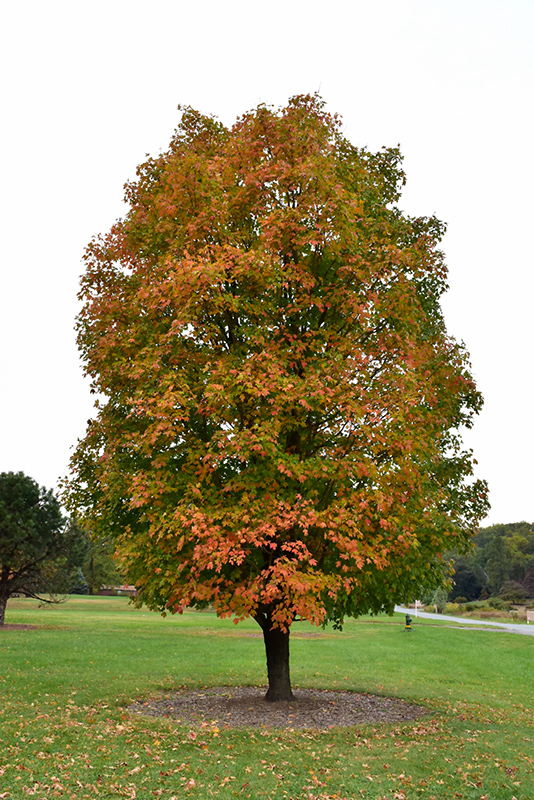

To file a complaint alleging discrimination, complete the USDA Program Discrimination Complaint Form, AD-3027, found online at or at any USDA office or write a letter addressed to USDA and provided in the letter all of the information requested in the form. Additionally, program information is also available in languages other than English. Persons with disabilities who require alternative means of communication for program information (e.g., Braille, large print, audiotape, American Sign Language, etc.) should contact the responsible State or local Agency that administers the program or USDA’s TARGET Center at (202) 720-2600 (voice and TTY) or contact USDA through the Federal Relay Service at (800) 877-8339. (Not all prohibited bases apply to all programs.) Department of Agriculture (USDA) civil rights regulations and policies, this institution is prohibited from discriminating on the basis of race, color, national origin, sex, age, disability, and reprisal or retaliation for prior civil rights activity. If you experience harassment, you can report to the University of Minnesota at /report-misconduct. Minnesota Department of Natural Resources Suffers from salt, drought, and air pollution. Very susceptible to borer insects and cottony maple scale. Susceptible to leaf scorch, verticillium wilt, tar spot, and anthracnose. Very thick, green leaves are resistant to tatter and drought damage. Legacy ® sugar maple ( Acer saccharum ‘Legacy’): Oval form growing 50 feet high and 35 feet wide. Thick leaves are resistant to leaf scorch.

Dark green leathery foliage that turns orange and golden yellow during fall. Green Mountain ® sugar maple ( Acer saccharum ‘Green Mountain’): 50 to 60 feet high and 45 to 50 feet wide upright, oval shape. Leathery glossy green leaves turning yellow, orange, and red in fall. Introduced by The Morton Arboretum through Chicagoland® Grows.įall Fiesta ® sugar maple( Acer saccharum 'Bailsta'): 60 to 70 feet high and 40 to 50 feet wide oval to rounded shape. Dark green leaves that turn orange-red in the fall. Tolerant to heat and drought once established. Fall color is orange to orange-red.Ĭrescendo ™ sugar maple( Acer saccharum ‘Morton’): 30 to 40 feet high and 30 feet wide broadly oval shape. Thick green leaves are resistant to leaf tatter. Reliable orange-red to red color.Ĭommemoration ® sugar maple ( Acer saccharum ‘Commemoration’): 50 feet tall and 35 feet wide, with an oval to rounded form. Fall color is yellow-orange to red.Īutumn Fest ® sugar maple ( Acer saccharum ‘JFS-KW8'): An upright, oval cultivar growing 50 feet high and 35 feet wide. Locally it will grow in cool, rich locations in the eastern half of the state.Īpollo ® sugar maple ( Acer saccharum ‘Barrett Cole'’): This cultivar is narrow and more columnar than the species, growing 30 feet tall and 10 feet wide. The sugar maple is native to the Eastern United States. Used by insect pollinators, game birds, songbirds, small and game mammals May be used as a boulevard tree in a location where road salt, soil compaction, and pollution will not be a significant problem.
#Sugar maple trees full
It thrives on moist, well-drained soils and can be grown in full shade. The sugar maple can grow to be quite large and long-lived.Įxcellent specimen tree for yards or parks for its beautiful fall color. These are all common in the city environment. It does not tolerate salt, small growing spaces, or drought well. The sugar maple is often seen in the urban environment but is more well-suited for the forest.

These seeds are easily carried by the wind. The seeds of the sugar maple consist of two slightly connected wings or samaras, each containing one seed. The sugar maple really shines in autumn when its leaves turn a brilliant shade of dark red, scarlet, orange, or yellow. They are dark green on the upper surface of the leaf and lighter green below. Leaves will have three- to five-pointed, smooth-edged lobes. Leaves are simple and opposite on the stem. Twigs are smooth and reddish-brown with sharp-pointed terminal winter buds. The bark of sugar maples will be a light gray to brown and mostly smooth. Bark on older trees will be gray to almost black that appears to have plates or scales.


 0 kommentar(er)
0 kommentar(er)
